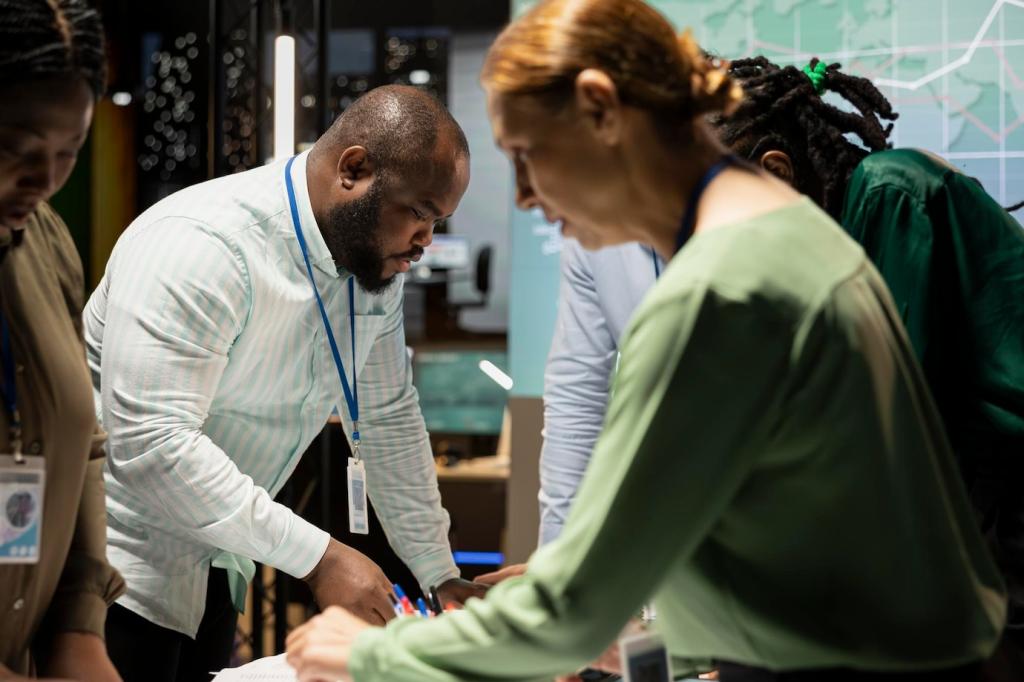Roles, Ownership, and Accountability Without the Drama
Identify who is Responsible, Accountable, Consulted, and Informed for key decisions. Keep the matrix lightweight and visible where work happens. Revisit after milestones. The goal is clarity at decision time, not paperwork—so prune aggressively and tie roles to real workflows.
Roles, Ownership, and Accountability Without the Drama
Appoint a single decision owner, but connect that decision to a team-level outcome. This balances speed with inclusion. Owners move, teammates advise, and everyone measures success together. Accountability feels fair when authority and responsibility actually travel together.
Roles, Ownership, and Accountability Without the Drama
Ship small, review quickly, learn openly. Weekly demos, lightweight check-ins, and visible dashboards keep collaboration honest. Ask, “What changed since last week?” Tight loops surface risks early and convert surprises into shared problem-solving rather than late-stage fire drills.
Roles, Ownership, and Accountability Without the Drama
Lorem ipsum dolor sit amet, consectetur adipiscing elit. Ut elit tellus, luctus nec ullamcorper mattis, pulvinar dapibus leo.








